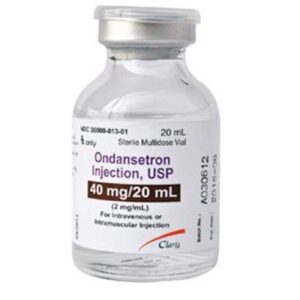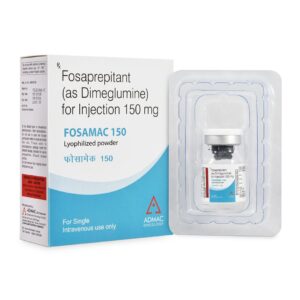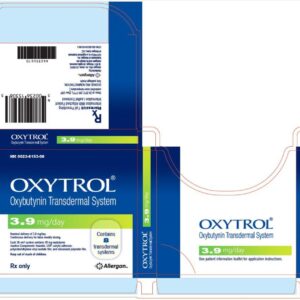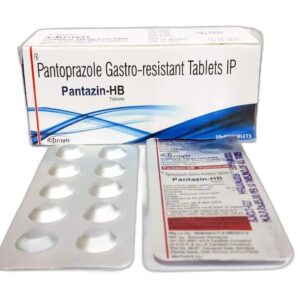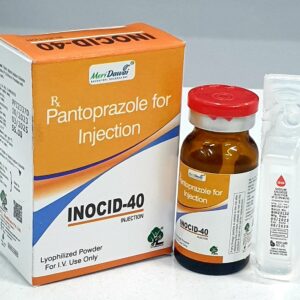-
Ondansetron
Ondansetron is a 5-HT3 receptor antagonist used to prevent and treat nausea and vomiting.
Applications:
-
Prevents nausea and vomiting from chemotherapy, radiation, and surgery.
-
Sometimes used for severe morning sickness in pregnancy.
Side Effects:
-
Common: headache, constipation, dizziness.
-
Serious (rare): QT prolongation, allergic reactions, serotonin syndrome (when combined with other serotonergic drugs).
Br120.00
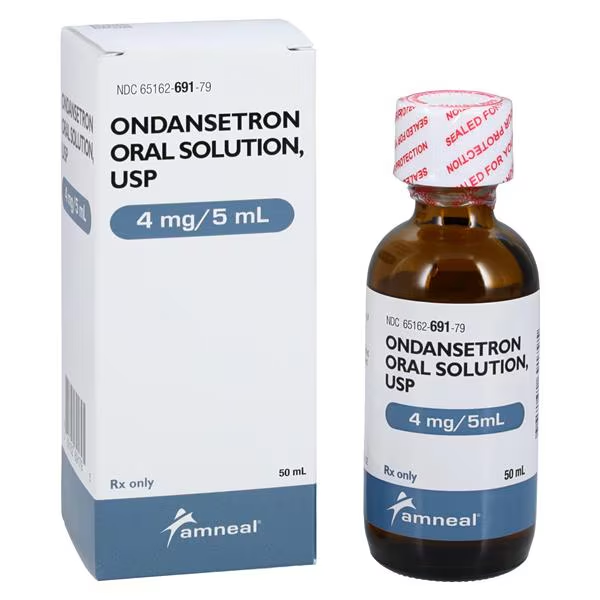

Ondansetron
Br120.00 Select options This product has multiple variants. The options may be chosen on the product page -
-
Fosaprepitant
Fosaprepitant is an antiemetic used to prevent nausea and vomiting caused by chemotherapy.
Applications:
-
Prevents acute and delayed nausea/vomiting from highly emetogenic chemotherapy.
-
Often used in combination with other antiemetics (like dexamethasone and a 5-HT3 antagonist).
Side Effects:
-
Common: fatigue, headache, hiccups, and constipation.
-
Serious (rare): infusion site reactions, allergic reactions, liver enzyme elevation.
Brands: Emend (IV).
Br120.00
Fosaprepitant
Br120.00 Select options This product has multiple variants. The options may be chosen on the product page -
-
Doxylamine succinate + Pyridoxine Hydrochloride
Doxylamine Succinate + Pyridoxine Hydrochloride is a combination used to treat nausea and vomiting during pregnancy (morning sickness).
Applications:
-
First-line treatment for morning sickness in pregnant women.
-
Helps reduce nausea and vomiting without harming the fetus.
Side Effects:
-
Common: drowsiness, dry mouth, dizziness, and headache.
-
Serious (rare): allergic reactions, confusion, and difficulty urinating.
Br120.00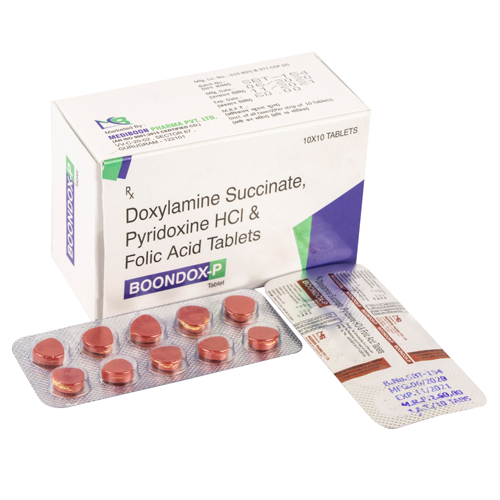
Doxylamine succinate + Pyridoxine Hydrochloride
Br120.00 Select options This product has multiple variants. The options may be chosen on the product page -
-
Br120.00


Dexamethasone
Br120.00 Select options This product has multiple variants. The options may be chosen on the product page -
Aprepitant
Applications:
Chemotherapy-Induced Nausea/Vomiting (CINV): Prevents acute/delayed nausea from highly emetogenic chemo (e.g., cisplatin).
Moderately Emetogenic Chemo: Used with dexamethasone + 5-HT3 blockers (e.g., ondansetron).
Postoperative Nausea/Vomiting (PONV): Alternative for high-risk surgeries (less common).Side Effects:
Common: Fatigue, hiccups, constipation, headache, loss of appetite.
Serious (Rare):-
Liver toxicity (elevated LFTs).
-
Hypersensitivity (rash, anaphylaxis).
-
Drug interactions (CYP3A4 inhibitor—affects warfarin, birth control, some chemo drugs).
Note: Avoid with pimozide (QT prolongation risk). IV form (fosaprepitant) available.
Br120.00
Aprepitant
Br120.00 Select options This product has multiple variants. The options may be chosen on the product page -
-
Oxybutynin
Applications:
-
Overactive Bladder (OAB): Reduces urgency, frequency, and incontinence.
-
Neurogenic Bladder: Manages urinary leakage in spinal cord injury/MS.
-
Pediatric Enuresis: Treats bedwetting (off-label in children ≥5 yrs).
Side Effects:
-
Common: Dry mouth (70% of users), constipation, blurred vision, drowsiness.
-
Serious (Rare):
-
Urinary retention (risk in prostate enlargement).
-
Heatstroke (reduced sweating in high temperatures).
-
CNS effects (confusion in elderly).
-
Br120.00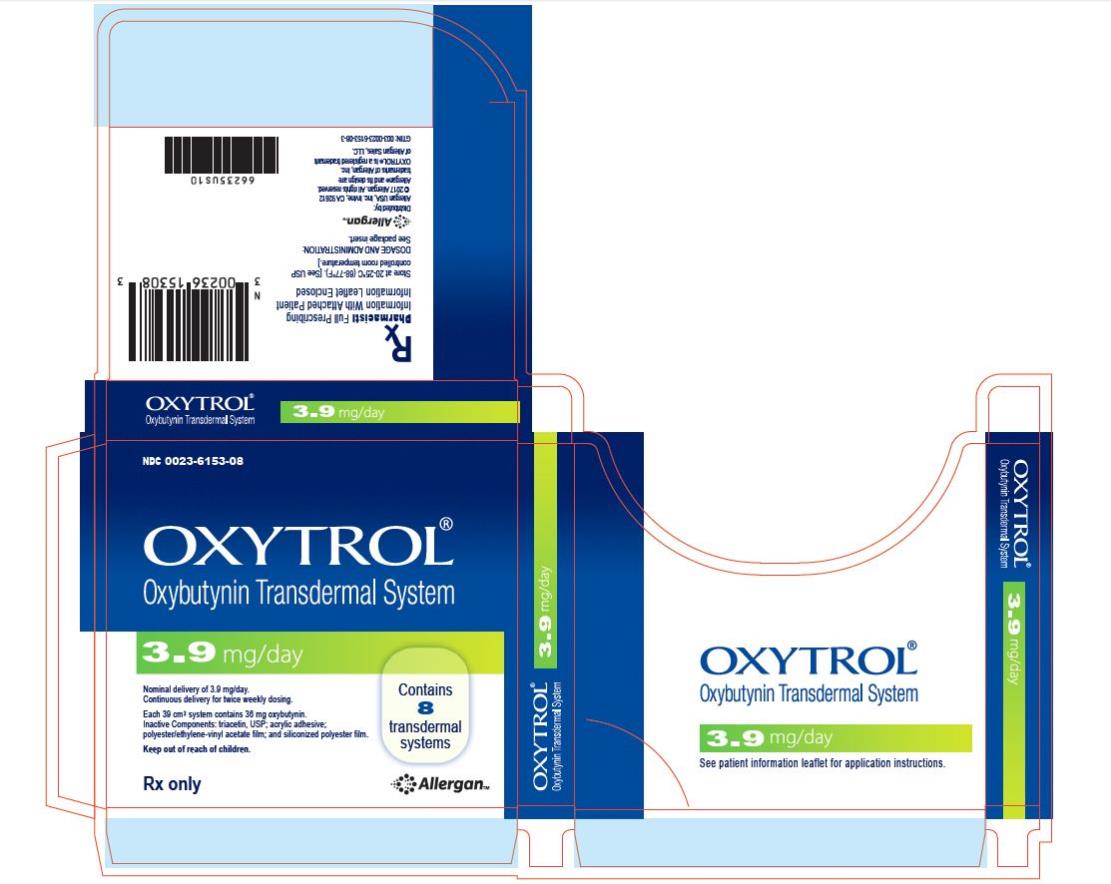
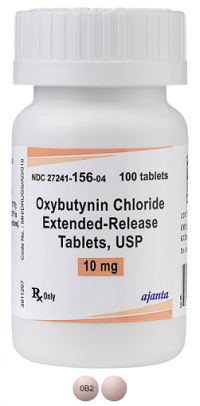


Oxybutynin
Br120.00 Select options This product has multiple variants. The options may be chosen on the product page -
-
Pantoprazole
Applications:
-
Treats GERD & erosive esophagitis
-
Manages peptic ulcers (including NSAID-induced)
-
Controls Zollinger-Ellison syndrome acid hypersecretion
-
Prevents stress ulcers in critical care patients
Side Effects:
-
Common: Headache, diarrhea, nausea, abdominal pain
-
Serious (rare):
-
Kidney inflammation (interstitial nephritis)
-
Low magnesium (with prolonged use)
-
Vitamin B12 deficiency (long-term therapy)
-
Note:
-
IV form is preferred for acute bleeding ulcers (80mg bolus, then infusion).
-
Requires monitoring: Mg²⁺ levels if used >1 year.
Br120.00
Pantoprazole
Br120.00 Select options This product has multiple variants. The options may be chosen on the product page -
-
Sucralfate
Sure! Here’s a similar overview for sucralfate:
Applications:
- Used primarily to treat and prevent peptic ulcers by forming a protective barrier over ulcer sites in the stomach and intestines.
- Often prescribed for gastroesophageal reflux disease (GERD) and to manage conditions involving damage to the stomach lining, like gastritis.
- Can help in the healing of esophageal ulcers, as well as ulcers caused by nonsteroidal anti-inflammatory drugs (NSAIDs).
Side Effects:
- Common side effects include constipation, dry mouth, and mild stomach discomfort.
- Rare but serious side effects can include allergic reactions, severe abdominal pain, or difficulty breathing.
- Prolonged use may lead to malabsorption of nutrients like phosphate, which can cause low phosphate levels.
- In some cases, patients may experience dizziness or headache.
Sucralfate is typically considered a safe treatment, but like with any medication, it’s important to monitor for any adverse effects, particularly with long-term use.
Br120.00

Sucralfate
Br120.00 Select options This product has multiple variants. The options may be chosen on the product page -
Pantoprazole
Applications:
- Used to treat gastroesophageal reflux disease (GERD), erosive esophagitis, and peptic ulcers.
- Reduces stomach acid, promoting healing of the esophagus and ulcers.
- Used in treating Zollinger-Ellison syndrome (excessive acid production).
Side Effects:
- Headache, diarrhea, nausea, and abdominal pain.
- In rare cases, can cause low magnesium levels, bone fractures, and kidney issues with long-term use.
Pantoprazole is effective in managing acid-related gastrointestinal conditions but may cause mild side effects like headache and stomach discomfort. Serious side effects are rare but should be monitored, especially with prolonged use or in individuals with kidney concerns.
Br120.00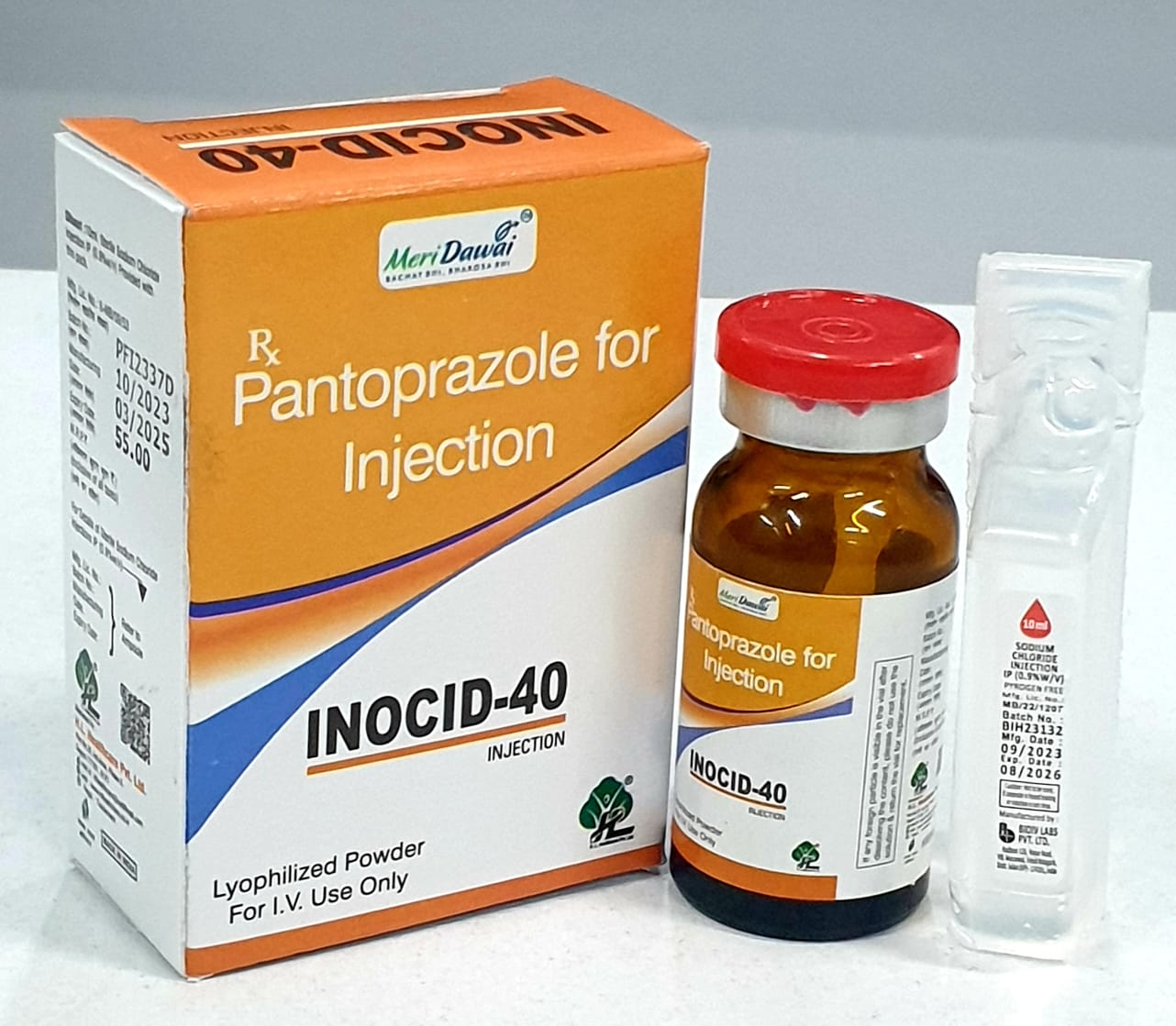
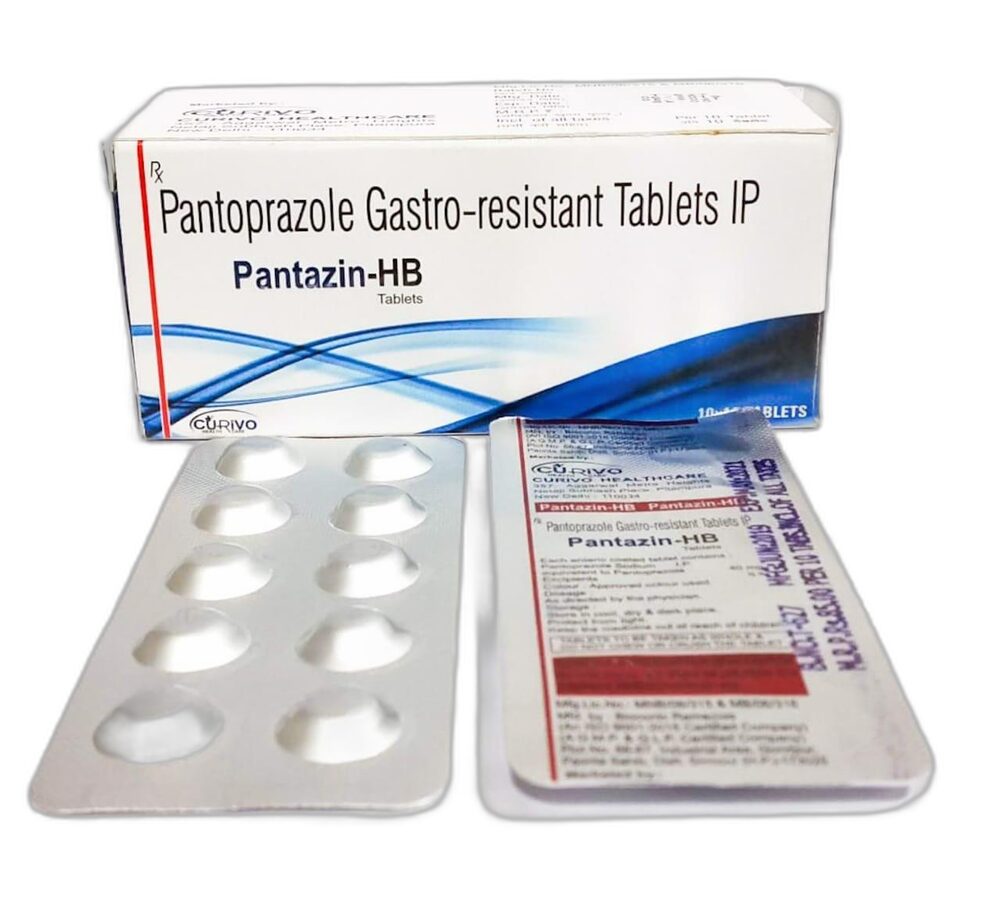
Pantoprazole
Br120.00 Select options This product has multiple variants. The options may be chosen on the product page

